NFL Photos | NFL Photography Gallery | NFL.com
Little Big Men
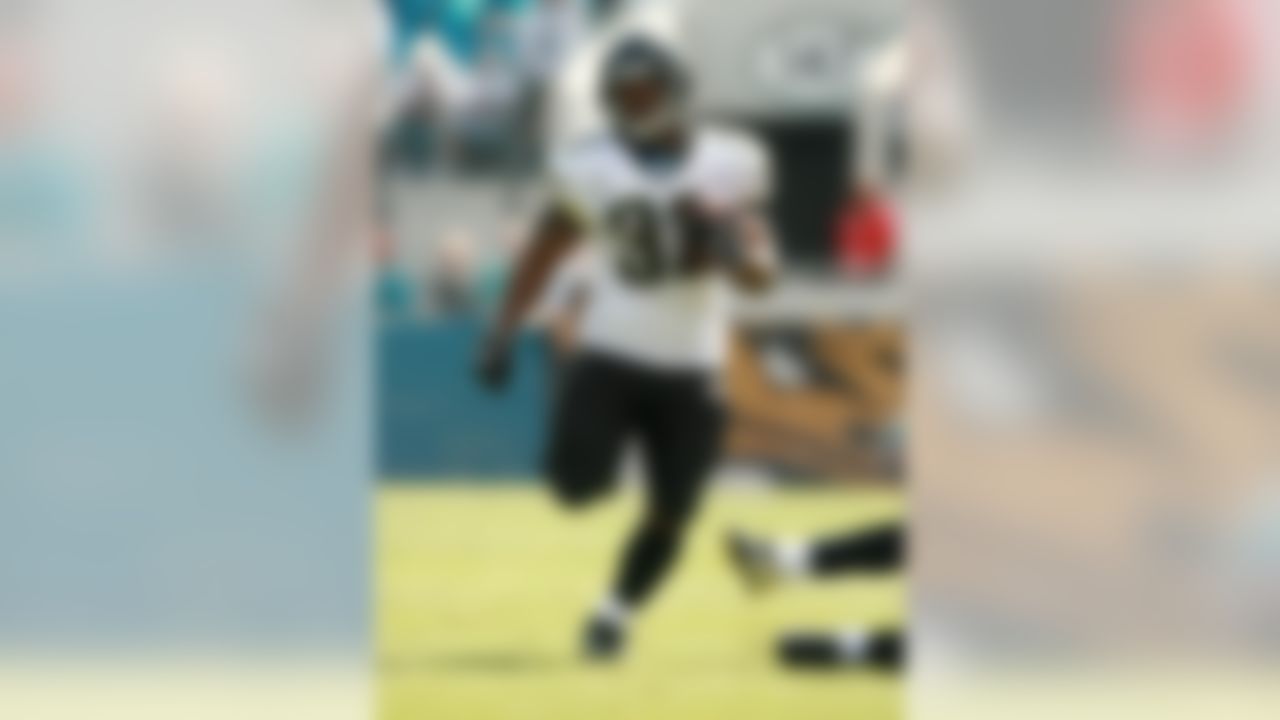
Don't tell one of the NFL's shortest running backs he doesn't belong in the NFL. Maurice Jones-Drew, at 5-foot-7, led all rookies in rushing and rushing touchdowns last season, and is coming off a Week 7 performance in which he rushed for 125 yards and caught four passes for 59 more yards against Houston. (Photo by Doug Benc/Getty Images)
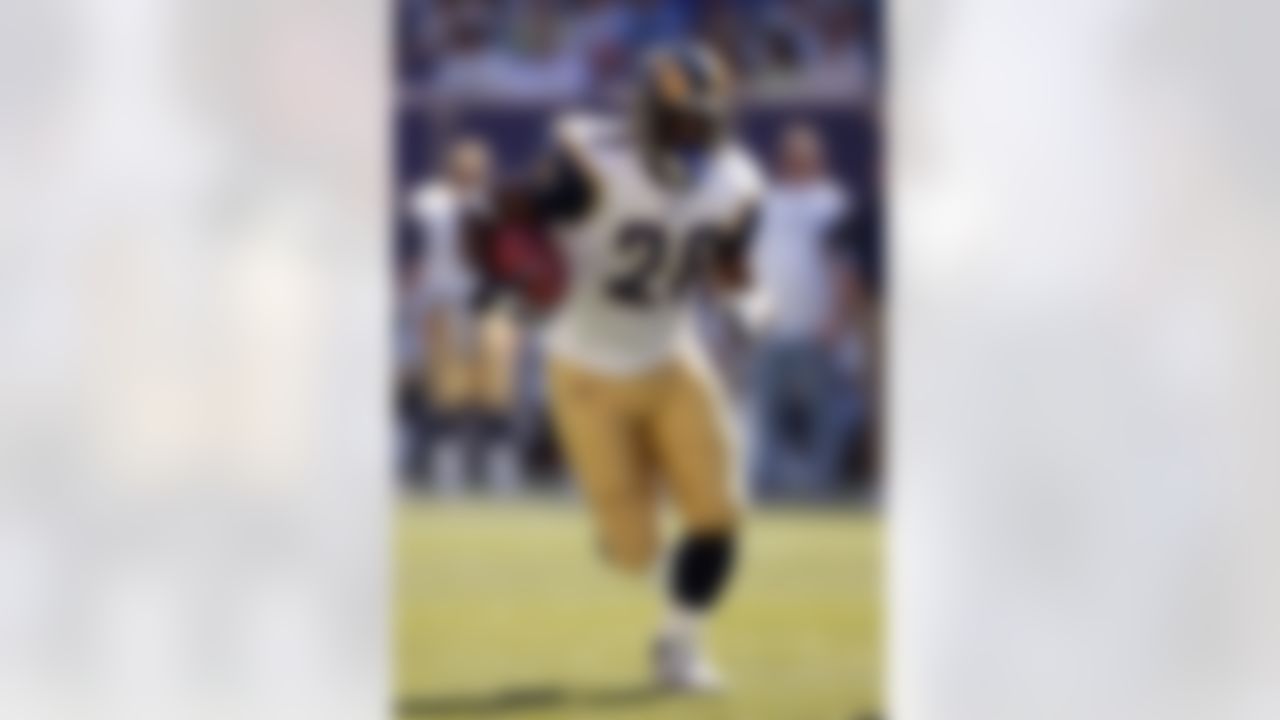
Marshall Faulk checked in at 5-foot-10 and in the neighborhood of 210 pounds during his 13-year NFL career with the St. Louis Rams and Indianapolis Colts, but that didn't stop him from accumulating over 18,000 yards from scrimmage, including an NFL-record 2,429 scrimmage yards in 1999. (Photo by Ezra Shaw/Getty Images)
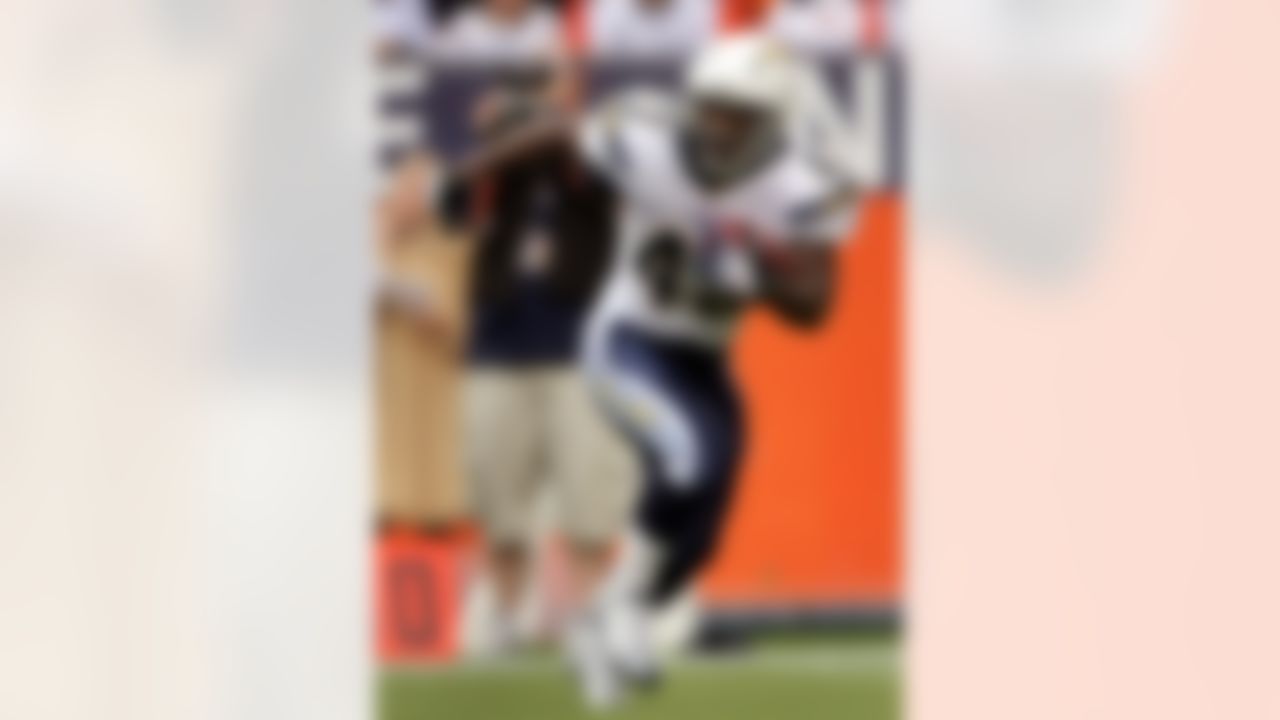
At 5-foot-6, the Chargers' Darren Sproles is the NFL's shortest running back. With the expected departure of free agent Michael Turner in the coming offseason, San Diego might have to find out if Sproles -- used primarily as a return specialist in his three NFL seasons -- can measure up as LaDainian Tomlinson's backup. (Photo by Doug Pensinger/Getty Images)
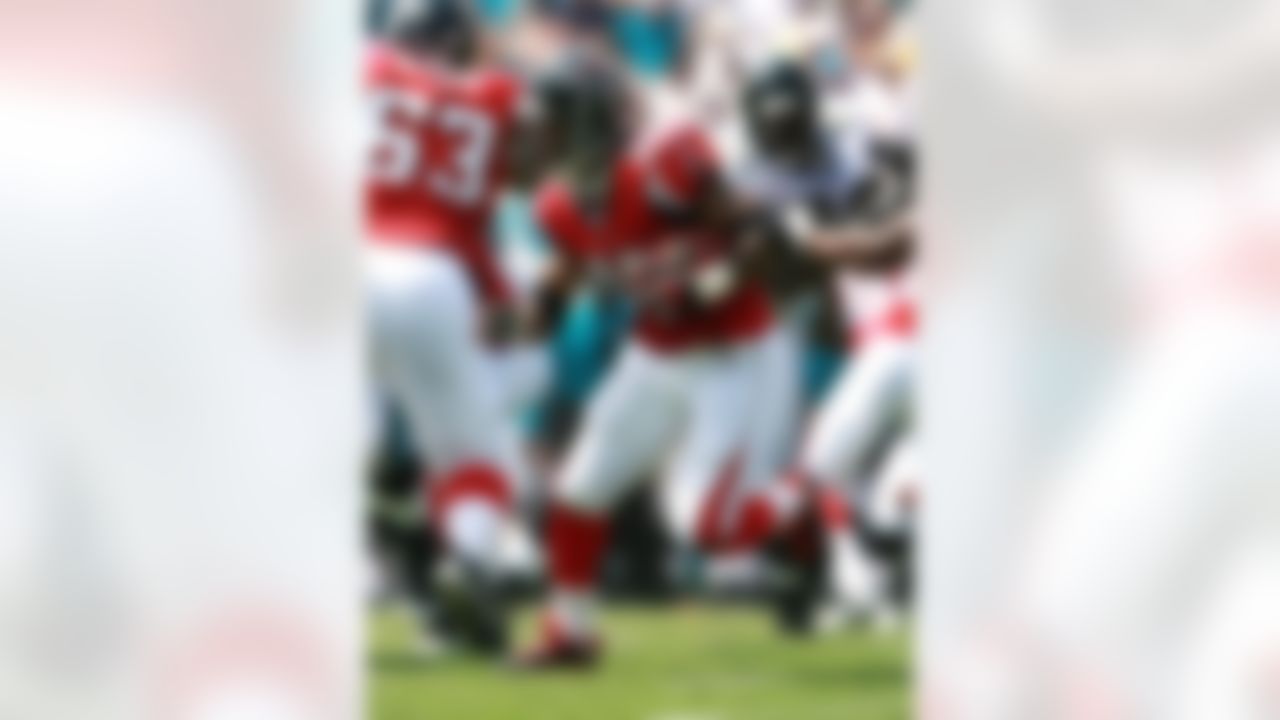
Warrick Dunn is showing no signs of slowing down from the rigors of 11 NFL seasons. At 5-foot-9 he's considered a short back, but it's his 187-pound frame that had many thinking he wouldn't last long in the NFL if he was a featured back, which he has been since entering the league in 1997. (Photo by Doug Benc/Getty Images)
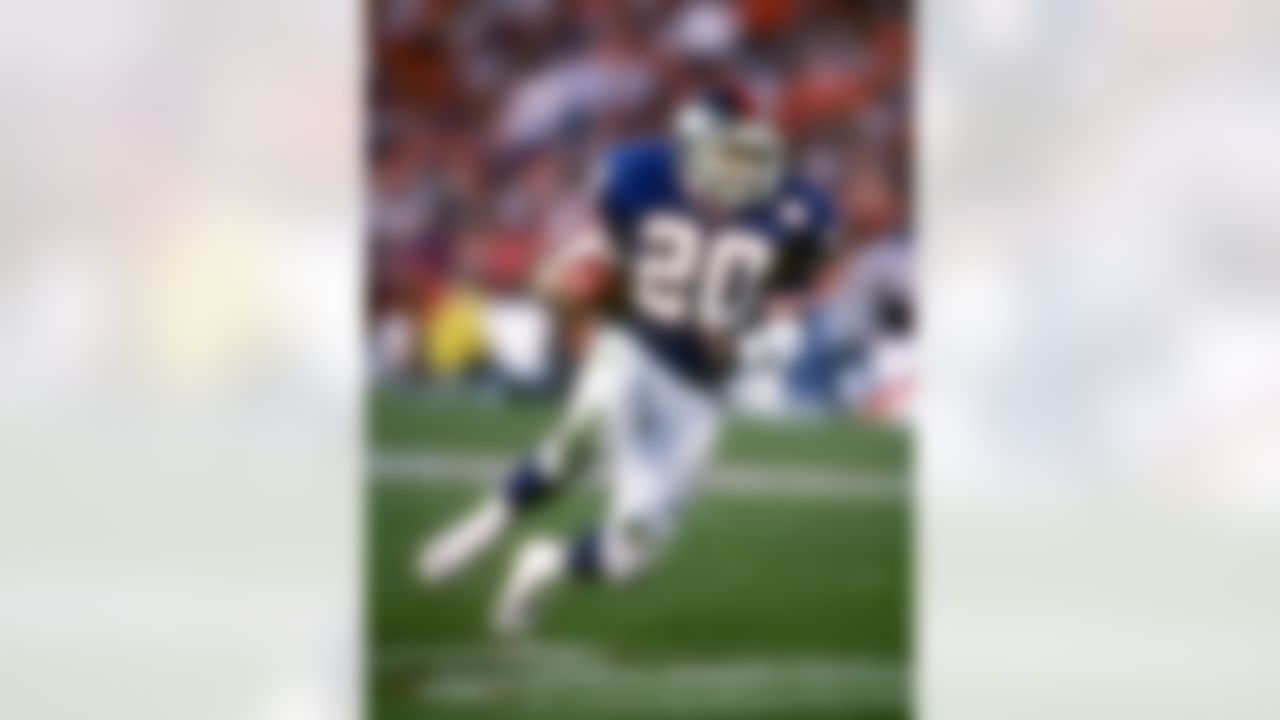
Despite his slight 5-foot-7, 190-pound build, the Giants' Joe Morris was still able to take the pounding that comes along with being an NFL running back. He still holds the Giants' record for rushing touchdowns in a single season (21), and was an integral part in the team's 1986 Super Bowl season. Photo by Mike Powell /Allsport
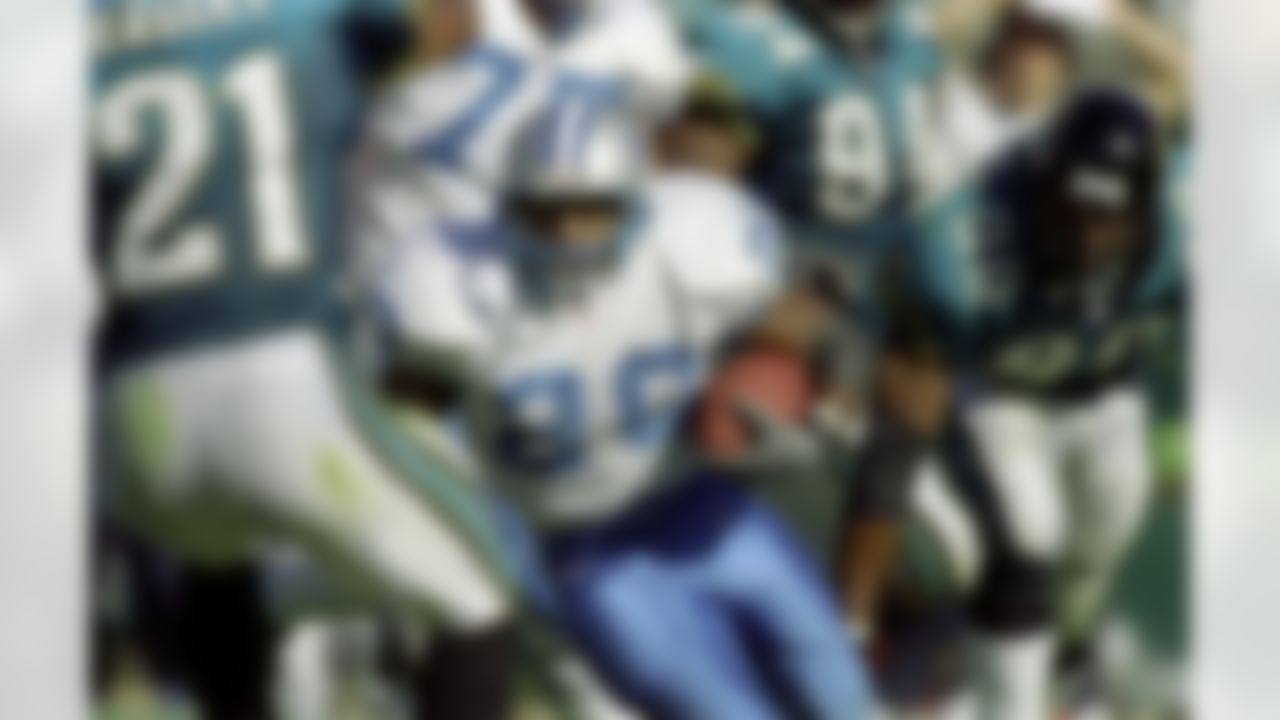
Considered by many as the best running back to play the game, Detroit's Barry Sanders nearly ran his way to the top of the career rushing charts with more than 15,000 yards, despite being only 5-foot-8 and 200 pounds. Photo by Eliot J. Schechter /Allsport
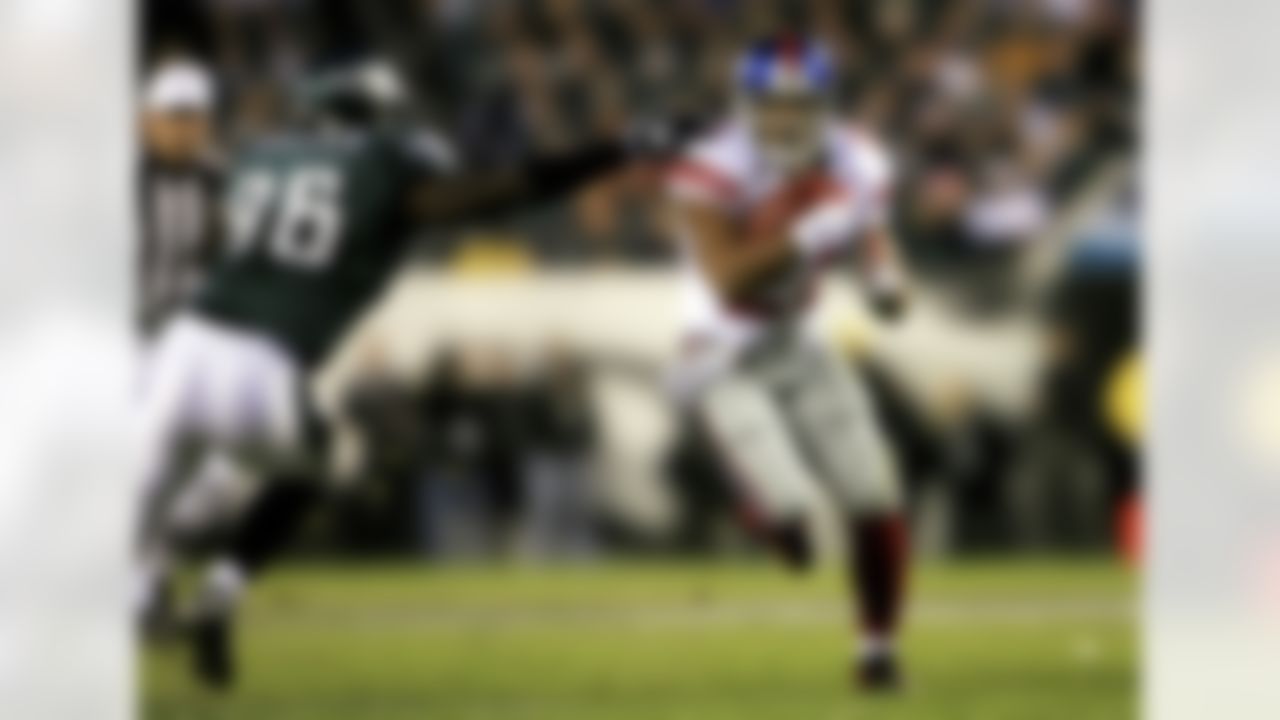
Tiki Barber lasted until the sixth pick into the second round of the 1997 NFL Draft, mainly because the University of Virginia product was considered by some too small at 5-foot-10 to be a full-time back at the next level. Interestingly, Florida State's Warrick Dunn -- a smaller but more dynamic back -- was taken with the 12th overall pick the same year. (Photo by Chris McGrath/Getty Images)
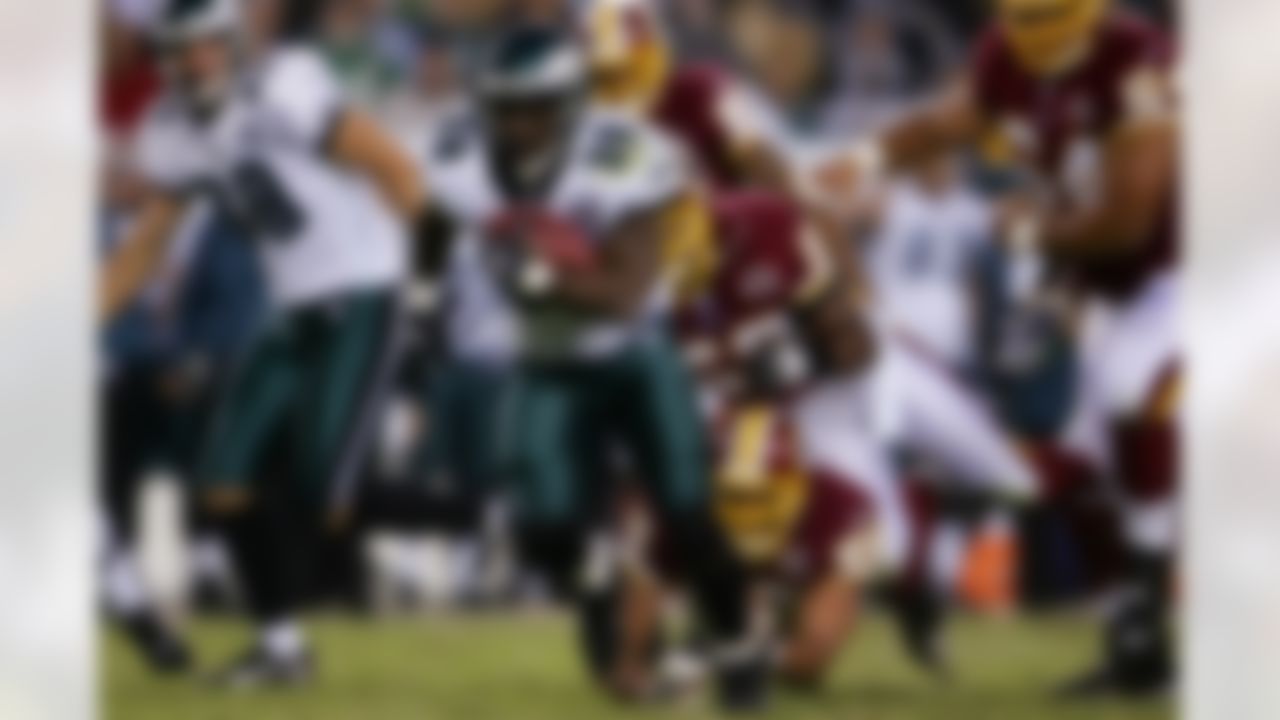
The Eagles have used Brian Westbrook in a variety of ways, and the 5-foot-10, 203-pound back who led the NFL with more than 1,900 all-purpose yards last season has surprised observers -- and opponents, too -- with his ability to run effectively between the tackles. (Photo by Chris McGrath/Getty Images)

Willie Parker made a nice off-speed complement to bruiser Jerome Bettis when the two paired together for two seasons. But when the 5-foot-10, 209-pound Parker was asked to carry the full load upon Bettis' retirement following Pittsburgh's victory in Super Bowl XL, he responded by rushing for nearly 1,500 yards and 13 touchdowns last season. (Photo by Rick Stewart/Getty Images)

As a rookie last year with the Saints, Reggie Bush was used mainly as an outside threat, but this year, with the season-ending injury to Deuce McAllister, Bush -- generously listed at 6-foot -- has been asked to pound it up the middle, a task he's taken on with some efficiency. (Photo by Otto Greule Jr/Getty Images)



